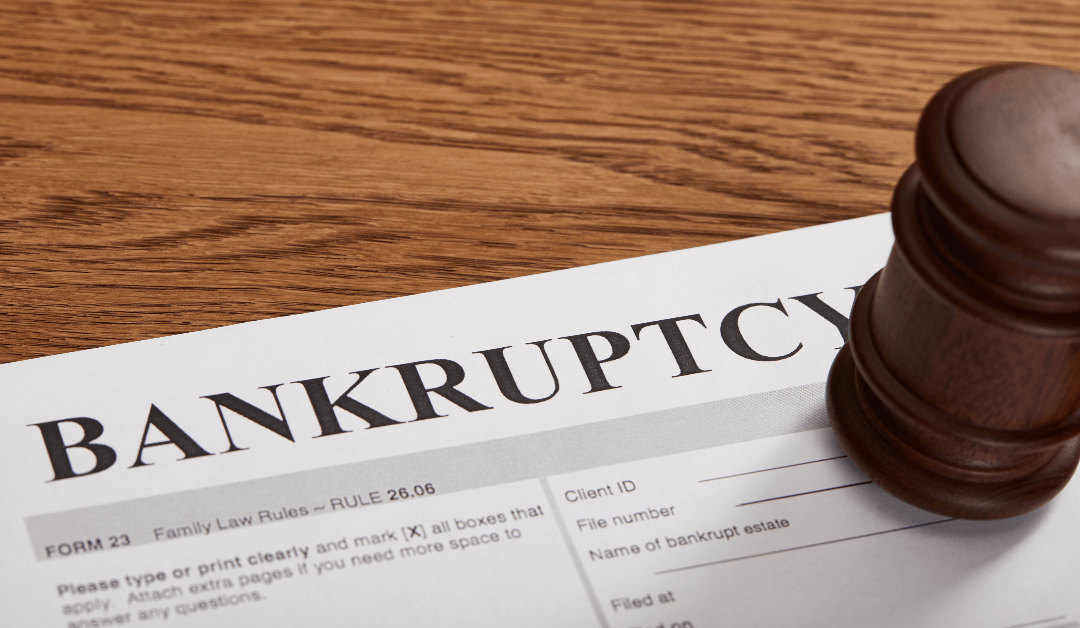Embarking on the bankruptcy process can often feel daunting due to its complexity and the stigma attached to it. With various types of bankruptcies available, each serving different needs and circumstances, understanding the nuances is crucial. In this informational piece provided by The Moore Law Group, we demystify the legal distinctions between Chapter 7, 11, and 13 bankruptcies. Our goal is to offer clarity on eligibility requirements and processes for each, thereby easing your journey through the financial labyrinth you might be facing currently.
Understanding The Types Of Bankruptcy
When faced with financial hurdles, it’s vital to recognize that not all bankruptcy options are identical. Each type of bankruptcy is tailored to specific situations and carries its own set of rules, procedures, and implications. By comprehending the fundamental differences and purposes behind Chapters 7, 11, and 13, you can make a well-informed decision that fits your unique circumstances and long-term financial goals.
Chapter 7: Liquidation Bankruptcy
Chapter 7, also referred to as the “liquidation bankruptcy,” is designed primarily for individuals with limited income who cannot pay their outstanding debts. Under this chapter, most of the debtor’s assets are sold off to repay creditors.
Eligibility for Chapter 7
To qualify, applicants must pass the means test. This assessment compares your income to the median income in your state. If your income is too high, you might not be eligible.
The Process of Chapter 7
Chapter 7 begins with filing a petition with the bankruptcy court serving your area. This petition includes detailed information about your assets, debts, income, a list of all creditors, and the nature of their claims.
Chapter 11: Reorganization Bankruptcy
Chapter 11, known as “reorganization bankruptcy,” is typically used by businesses but can also be utilized by individuals with substantial debts and assets. It allows debtors to restructure their debts and pay them over time.
Eligibility for Chapter 11
Businesses that are unable to service their debt or pay their creditors can file. Individuals, too, can opt for Chapter 11 if their debt exceeds the limits set for Chapter 13 bankruptcy.
The Process of Chapter 11
Once filed, the debtor proposes a plan to keep its business alive and pay creditors over time. Creditors vote on the plan, and if accepted, the plan is confirmed, and debt repayment begins.
Chapter 13: Wage Earner’s Bankruptcy
Chapter 13, also known as “wage earner’s bankruptcy,” is for individuals with regular income who wish to pay their debts but are currently unable to do so.
Eligibility for Chapter 13
Debtors must have unsecured debts below a certain amount and secured debts below a specified limit. They must also have sufficient income to repay the debts over time.
The Process of Chapter 13
A debtor proposes a repayment plan that could last three to five years. During this time, creditors cannot initiate collection efforts. Once the repayment plan is completed, most remaining debts are discharged.
Seek Professional Guidance
Understanding the nuances of Chapter 7, Chapter 11, and Chapter 13 bankruptcies is essential for making informed decisions about managing debts. However, the information provided here is just a starting point.
For personalized legal advice and guidance through the bankruptcy filing process, consider reaching out to The Moore Law Group. Our experienced team of attorneys can provide the support and expertise needed to navigate the complex landscape of bankruptcy law, helping you embark on the path toward financial recovery with confidence.

